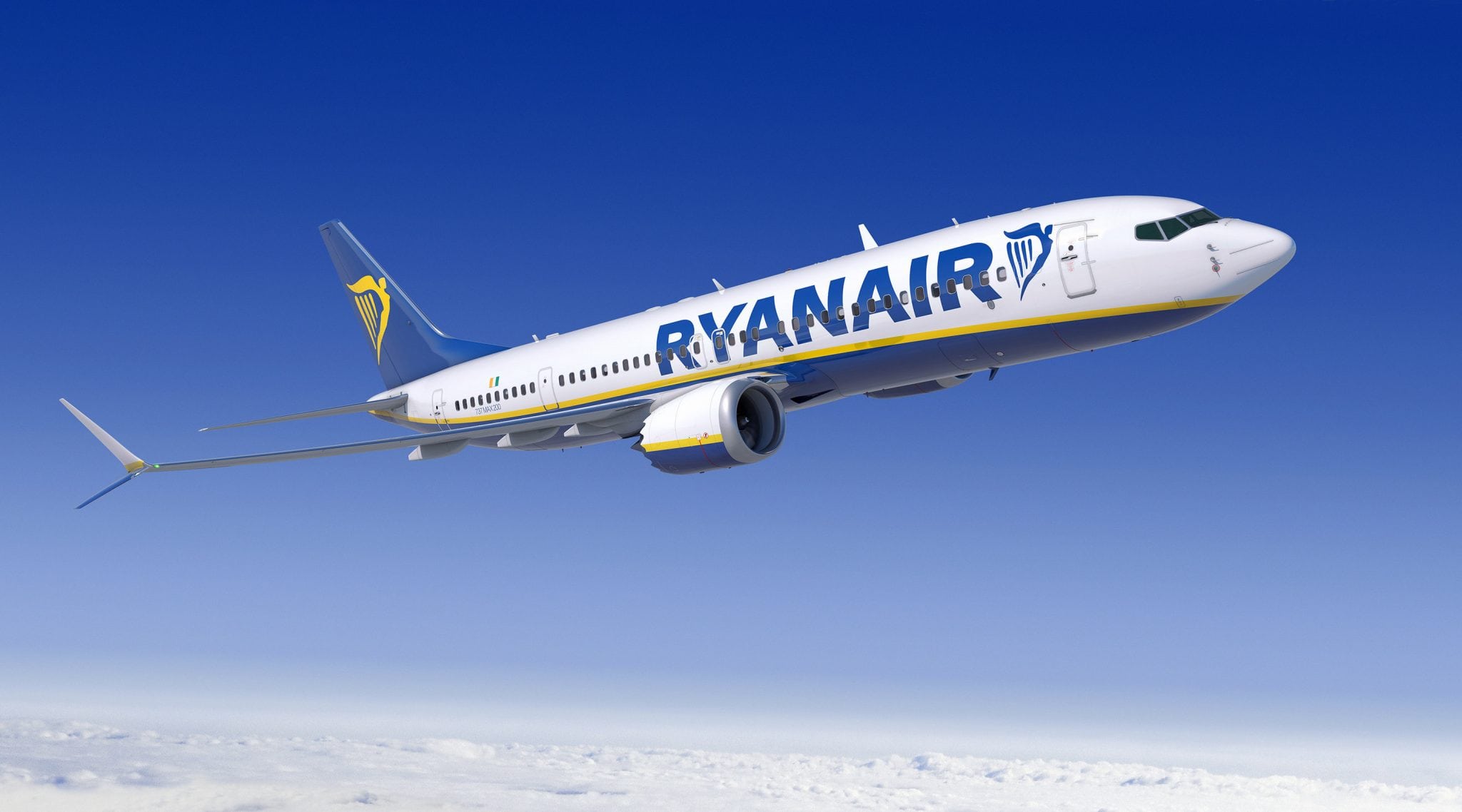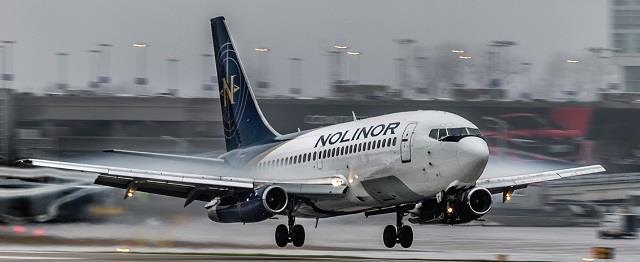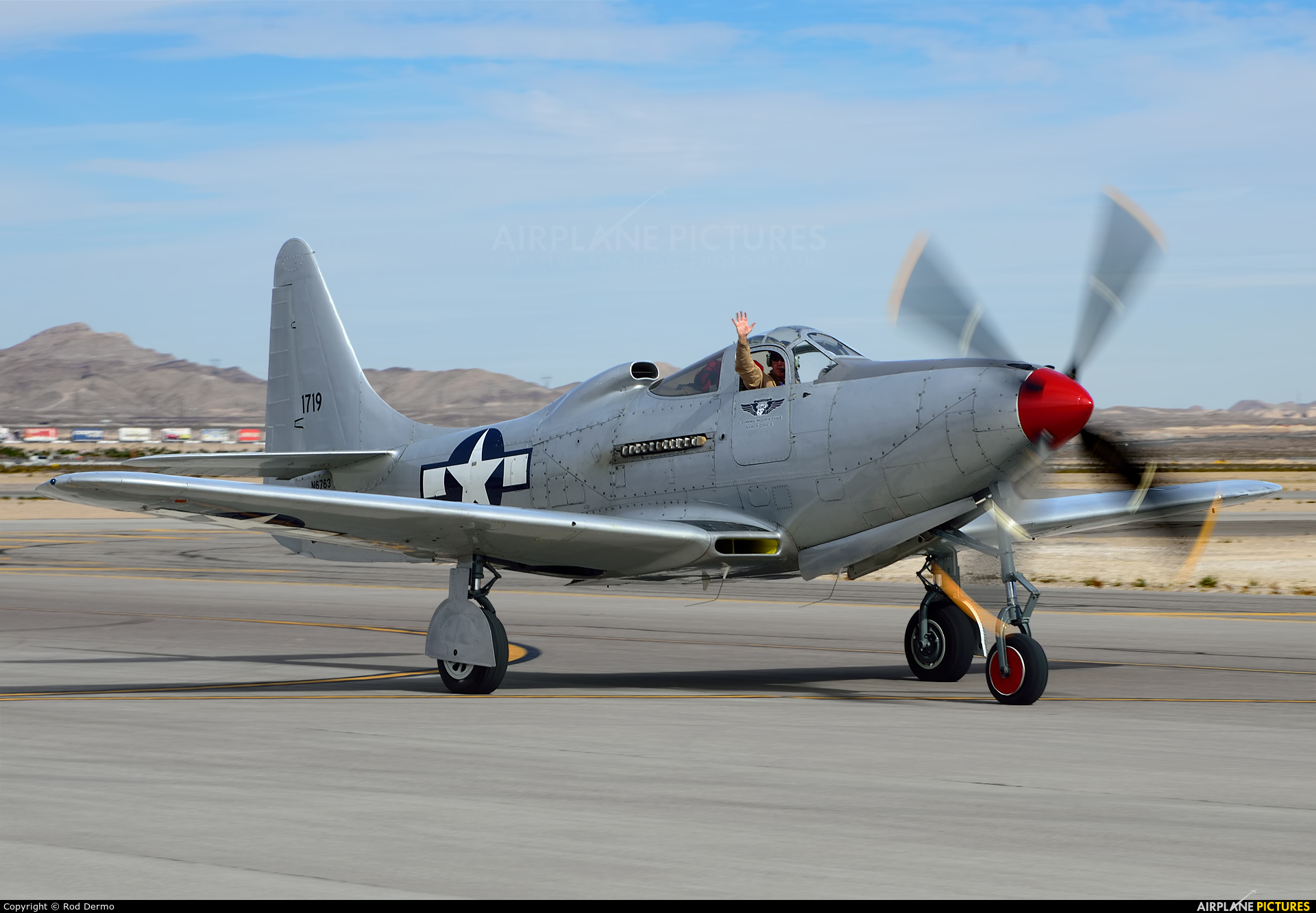Well, everyone, it is finally time to wrap up the semester. It is crazy that it is almost over. With that being said, I am going to be going back to my old style for this final blog post. In the first semester, I would consistently do airplane reviews and talk about a specific airplane. However, I never got around to talking about my favorite airplane. Sometimes, you have to do it for yourself. Therefore, in this blog post, I will be covering the SBD-3 Dauntless.
The SBD-3 Dauntless was a naval aircraft in World War two. SBD stands for Scout Bomber Douglas (Douglas was the company that made the airplane). The Dauntless was used by America and was prolifically used in the Pacific Theater. The SBD-3 has a true underdog story. It was first accepted into use by the U.S. Navy in 1940 in preparation for the imminent war. However, its feasibility was questioned, and it was widely considered obsolete by the time war was declared in December 1940. In fact, the only reason it continued to see use was that the Navy had no other airplane to replace it with. The Dauntless was a heavy, slow-moving aircraft that could not carry a lot of weaponry. It was extremely vulnerable to attacks from the bottom and top. Without fighter escorts, the Dauntless was said to be a sitting duck. All signs indicate that this aircraft is useless. However, the SBD did have one trick up its sleeve—dive bombing.
:max_bytes(150000):strip_icc()/sbd-dauntless-1-large-56a61bf23df78cf7728b6268.jpg)
Dive bombing is a bombing technique in which an aircraft flies above its target and then down at an angle toward it. This technique is used to increase the odds of a bomb landing on an enemy ship. In World War two, there were no guided missiles or guided bombs, so it was extremely difficult to hit a ship in the middle of the ocean. Several high-altitude bomber pilots described it as being even harder than finding a needle in a haystack. A dive bomber, such as the SBD-3, allowed the airplane to fly extremely close to the target before releasing its ordinance. However, every positive has a drawback. Getting extremely close to the enemy in a war is a sure way of getting shot at. And that is exactly what happened. The SBD saw heavy losses nearly every time it was exhibited in combat. Thus, I believe the SBD-3 has a very accurate name with “The Dauntless.” Every time someone stepped into this plane to fly a mission, they knew it could be their last, and they did it without faltering. That couldn’t be me. Despite all of this, the SBD demolished the Japanese Pacific fleet and helped seal the deal for World War two.

The Dauntless is my favorite aircraft not because of its ability to fight or its ability to bomb; it is my favorite aircraft because of its ability to survive. The Dauntless has always been a symbol to me to push forward and conquer, no matter what anyone else has to say. If no one thinks that you are capable of something, accomplish it with flying colors. I hope you all carry that with you for the rest of your lives. Good luck, and good night.












:quality(70)/cloudfront-us-east-1.images.arcpublishing.com/archetype/Y4TCWLCFCZFXPC5KPYAWYLUMOU.JPG)






